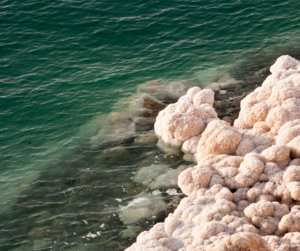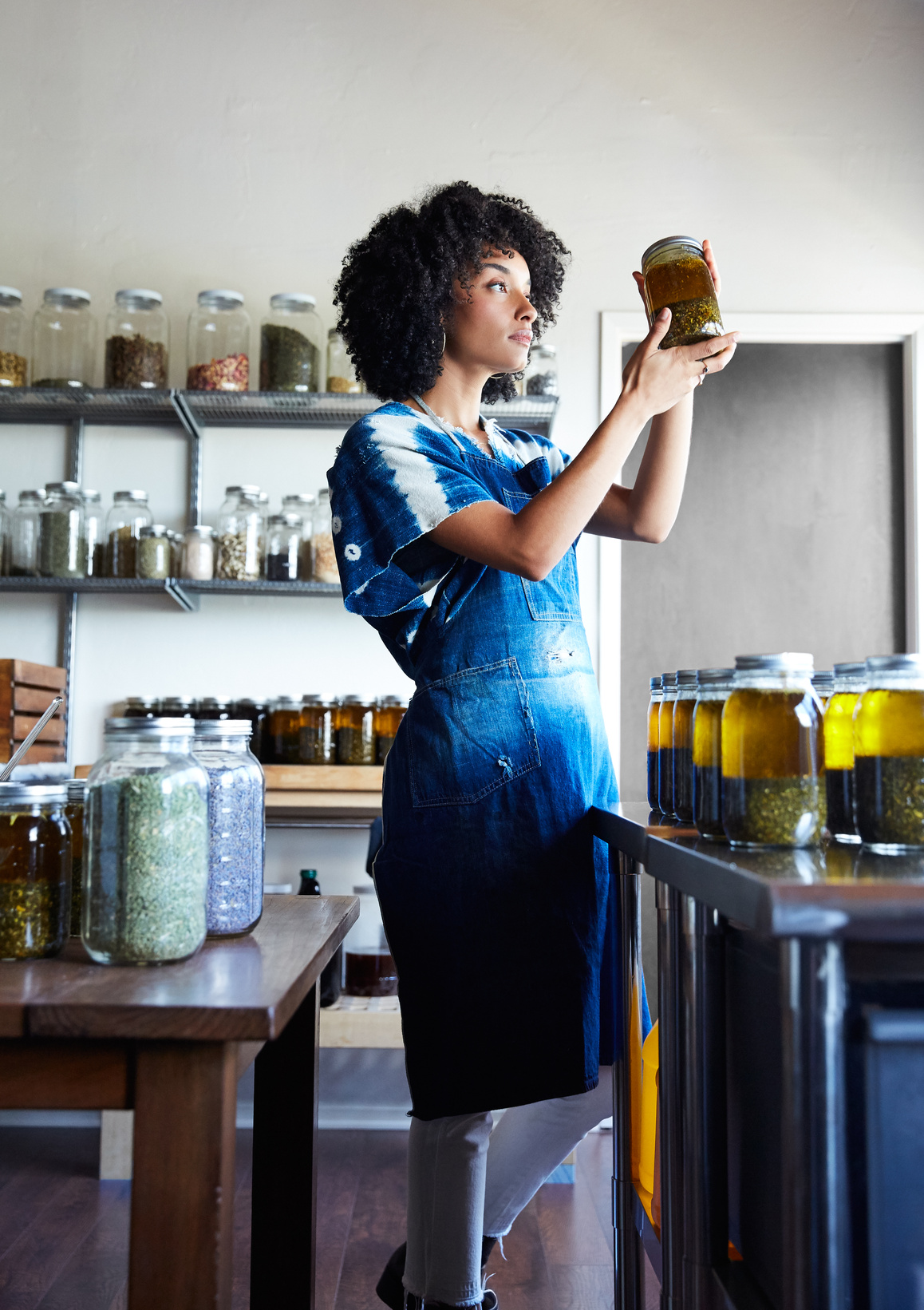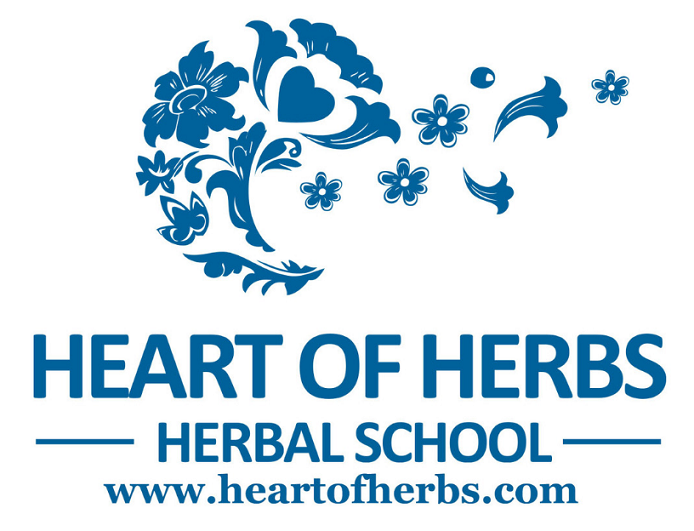Sea Salts
The earliest systematic description of the different kinds of salts, their uses, and their extraction methods was published in China around 2700 BCE. The use of salt in healing stretches back to the beginning of time. The healer Hippocrates encouraged his companion healers to offer a cure for many issues by immersion in seawater. The ancient Greeks continued this, which is still considered healthy to sea bathe. Dr. Charles Russel published “The Uses of Sea Water” in 1753. Many healing modality texts have spoken of the benefits of sea-bathing for hundreds of years. Taking the waters and hydrotherapy are all common types of baths to heal.
Essentially, bath salts are salt, different types of salt, and scents. If you want to add a little moisture to your bath, add a teaspoon of oil, like olive, sesame, and coconut. You can add soap flakes or liquid soap if you want them to have bubbles. You can add powdered ground herbs, oatmeal, and herbal teas to make therapeutic baths.
Many of these sea salt recipes have been part of my recipe collection for years.
I have been using and teaching these recipes since 1998.
Common Sea Salts
The following is a list of commonly available salts that are often used when making bath salts. Sea salts and Dead Sea salts are generally available in various grain sizes. Mixing grain sizes can add texture and visual interest to bath salts. Bath salts with larger salt crystals look pretty but will take longer to dissolve in bathwater. Make sure, using larger crystals, that they are completely dissolved before sitting in the bath so the salt doesn’t feel jagged and rough on your bum.
Sea Salts
People commonly add sea salts to bath salt blends because they are mineral-rich “all-purpose” salts. Sea salts are known for their ability to draw toxins from the skin and soothe sore muscles. They are the most inexpensive salts available after Epsom salts. You can find sea salts easily; they are sold in 5- and 10-pound bags in most Asian markets, as well as grocery and health food stores. Additionally, herbal and toiletry suppliers carry sea salts.

Dead Sea Salts
Dead Sea salts generally have a higher mineral concentration than conventional sea salts. They can relieve muscular aches and pains, reduce stiffness after exertion, relax muscles, and ease skin complications such as acne, eczema, and psoriasis. Skin issue sufferers often covet Dead Sea salts because they soothe these issues.
Epsom
Epsom salts are the most affordable and readily available; you can get them in most grocery or drug stores. They are often used to help ease muscle tension and joint discomfort. Epsom salts are fine white crystal powders that can be purchased in any drugstore. They are hydrated magnesium sulfate. Soaking in these salts is soothing to sore muscles because the salts are mildly astringent. Furthermore, they are also used as a laxative (when taken internally) and anti-inflammatory soak. Epsom salts are often the go-to salts for athletes; the salts soothe and relax tired and worn-out muscles.
Specialty Sea Salts
Other exceptional salts, such as Hawaiian Red Sea Salts (Alaea), Black Sea Pink Salts, and Icelandic Geo-Thermal Brine Salts, are also available.
In addition, these salts are generally more expensive, but their coloration, texture, and therapeutic properties are highly sought. Having bathed in the Red Sea, I can attest to the healing power of the salts; they made my skin feel so soft and rejuvenated. In addition, sea salts can uplift and bath!
Cooking, skincare, and wellness enthusiasts commonly use sea salt as an ingredient. Sea salt is a healthier option than regular table salt as it is less processed and contains more natural minerals like magnesium, potassium, and calcium. Furthermore, various types of sea salt are available, each with its unique benefits.
Himalayan Pink Salt
Himalayan pink salt comes from Pakistan and is known for its pink color. It has a lot of minerals in it and is suitable for staying hydrated and keeping your body’s pH levels balanced. Some people even use it in salt lamps or bath salts to help them relax.
Celtic Sea Salt
Celtic sea salt is from France and has a rough texture and grayish color. It’s made using traditional methods and has a lot of minerals like magnesium and calcium that are good for your health. Moreover, people often use it as a seasoning in cooking or as a natural exfoliant in skincare products.
Dead Sea Salt
Dead Sea salt comes from a very salty body of water between Israel and Jordan. It’s known for having many minerals, like magnesium and calcium, that are good for skin. People often use it in bath salts or skincare products to soothe and nourish their skin.
Fleur de sel
Fleur de sel is a fancy sea salt from France or Portugal. It has a delicate texture and a subtle flavor. It is often used as a finishing salt to improve dish taste. People also use it in skincare products to exfoliate and purify their skin. Furthermore, you will find this gorgeous salt in the finest of French butters and it is amazing.
Sea salt is good for you because it contains many minerals that your body needs. It can also help you stay hydrated, take care of your skin, and relax. There are many different types of sea salt, so you can choose the one that’s right for you.
Disclaimer
Disclaimer Blog
The information presented on the Heart of Herbs Herbal School/Demetria Clark websites is for educational purposes only. Heart of Herbs Herbal School/Demetria Clark Education LLC makes neither medical claims nor intends to diagnose or treat medical conditions. Links to external sites are for informational purposes only. Heart of Herbs Herbal School/Demetria Clark neither endorses them nor is in any way responsible for their content. Readers must do their own research regarding the safety and usage of any herbs, recipes, or supplements.

